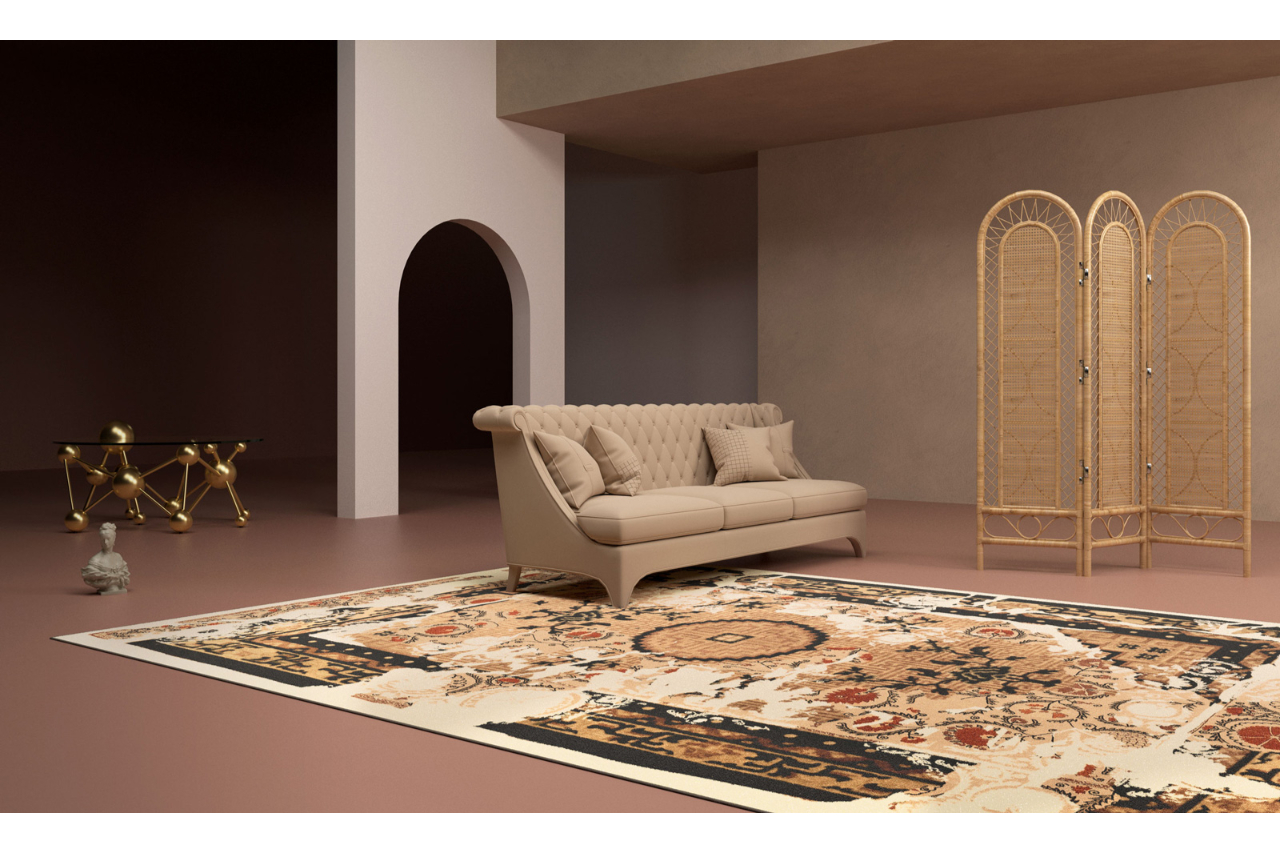
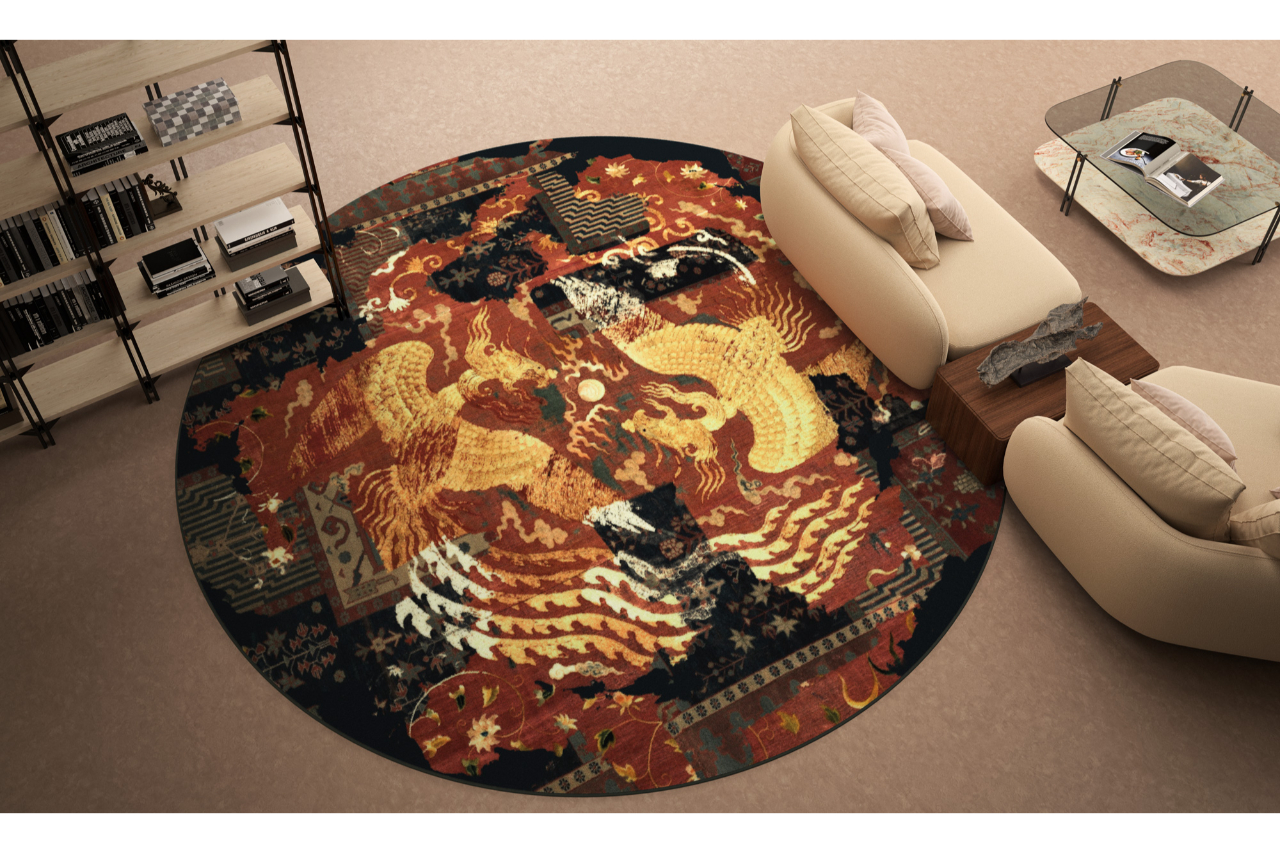
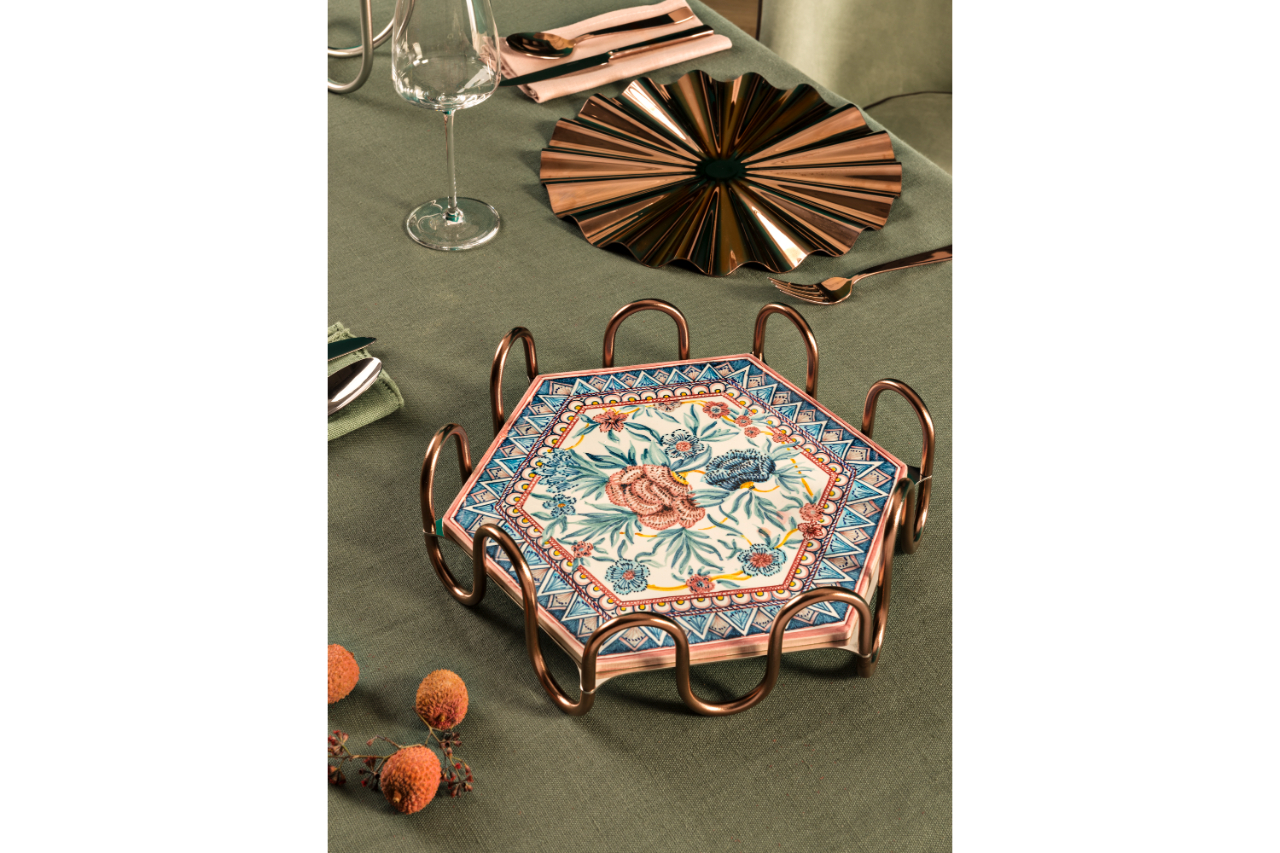
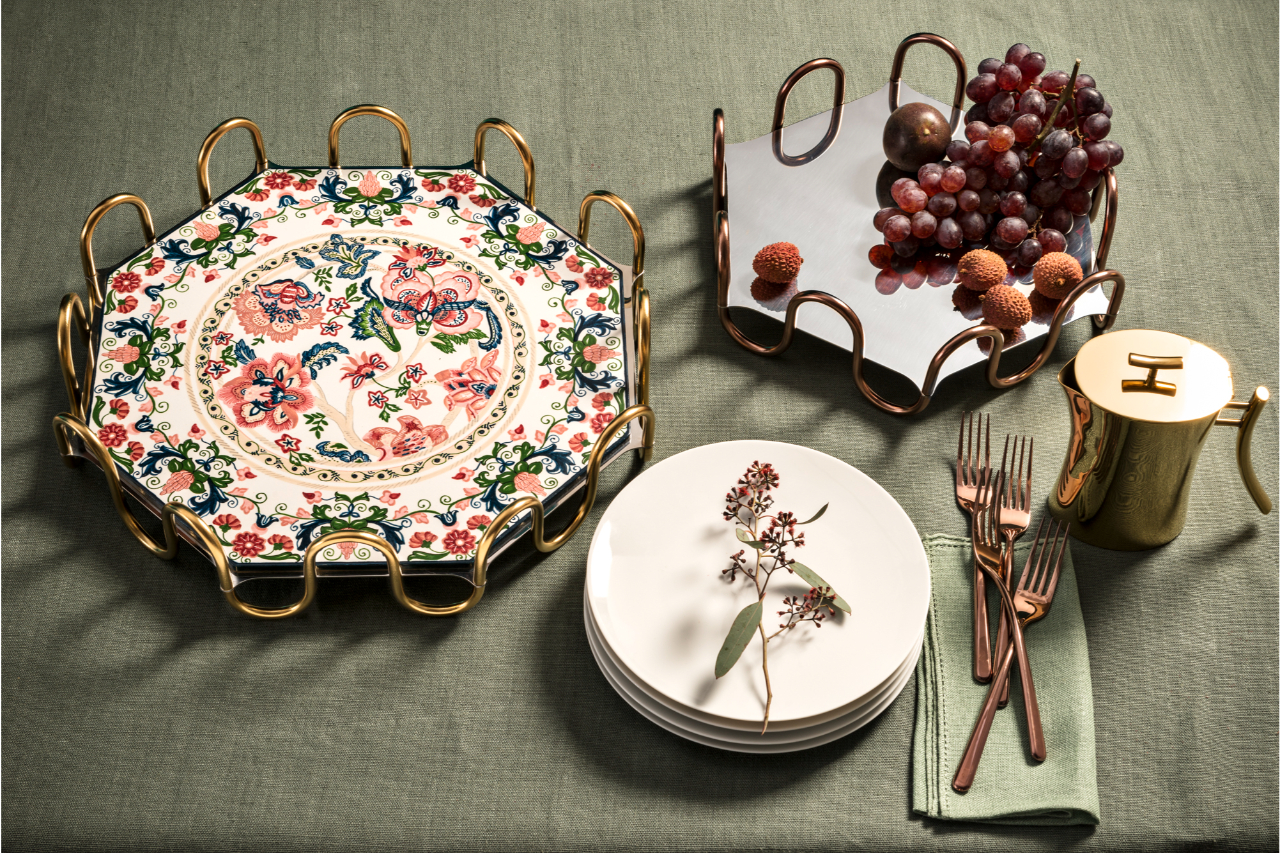
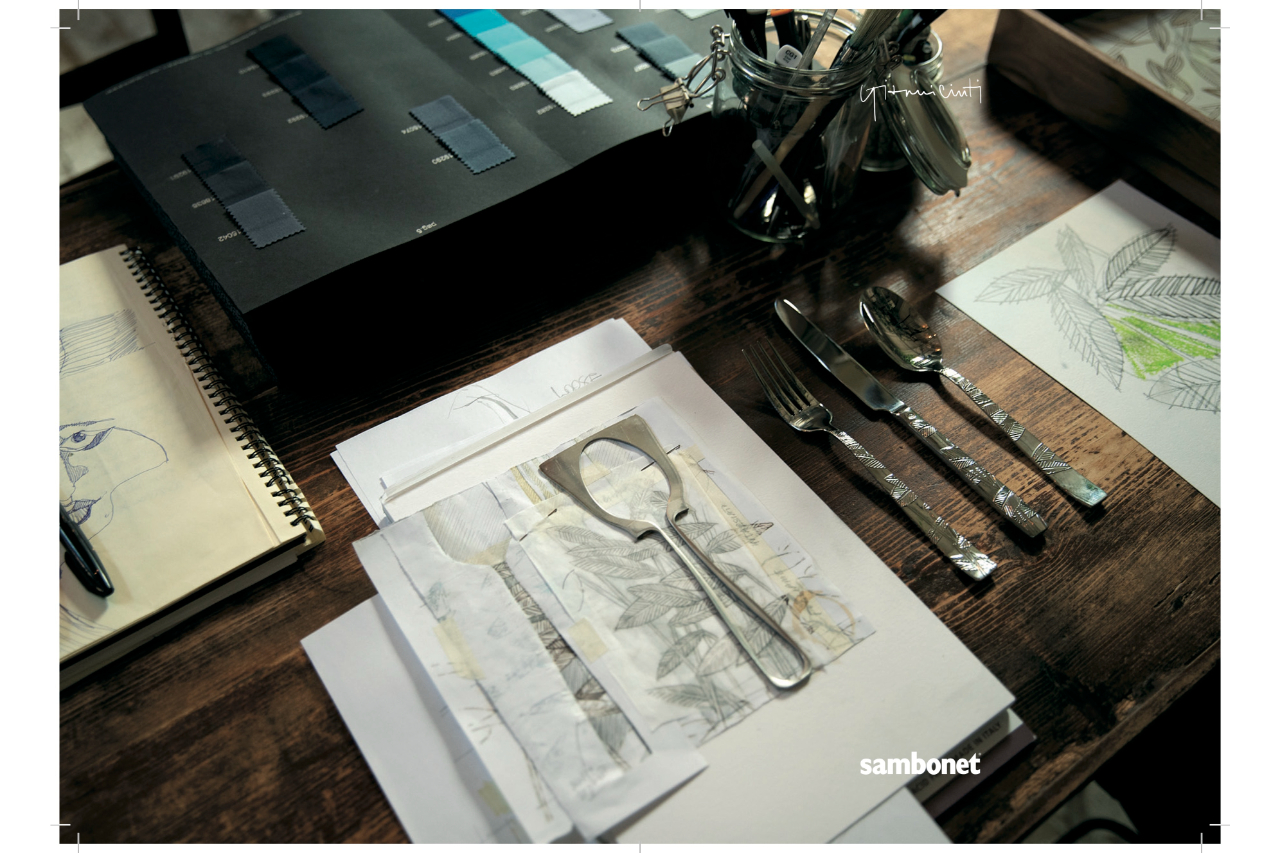
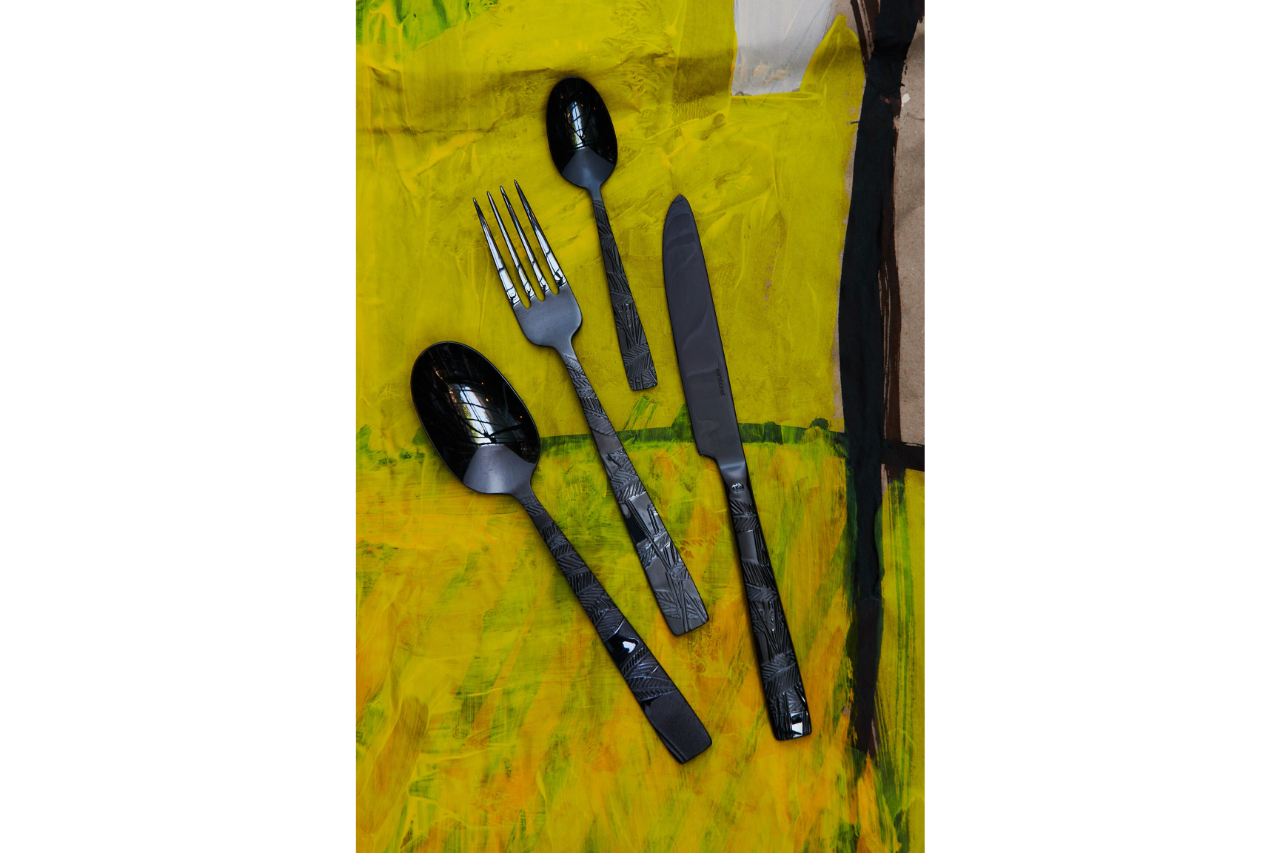
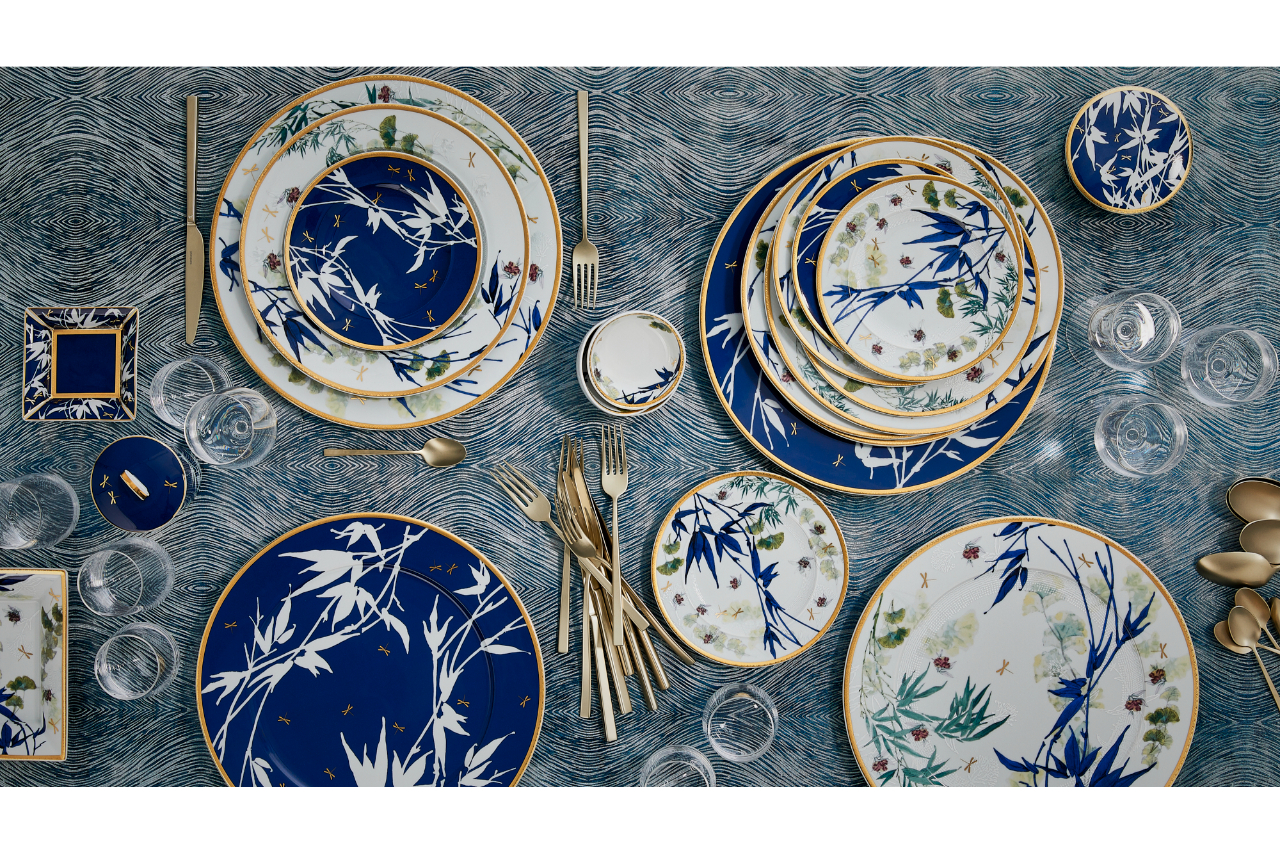
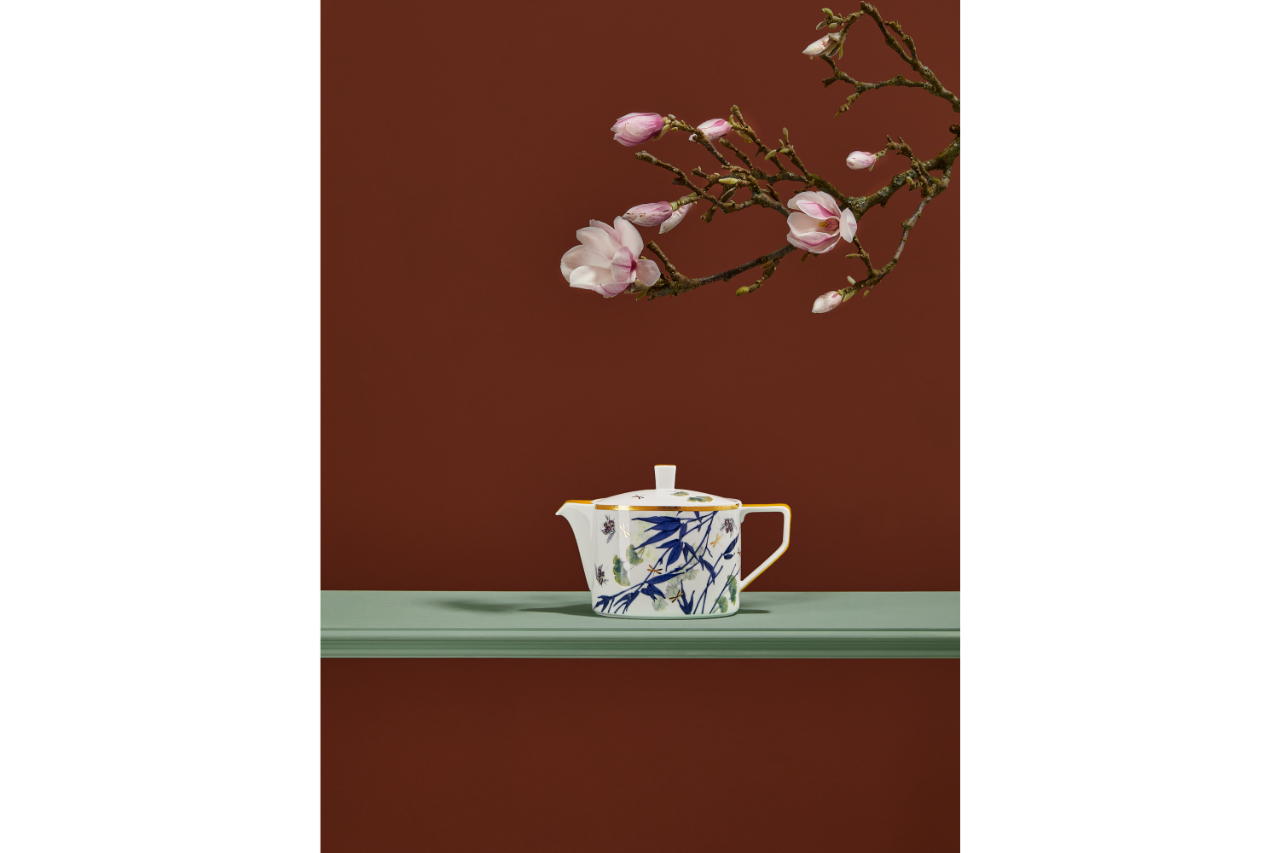
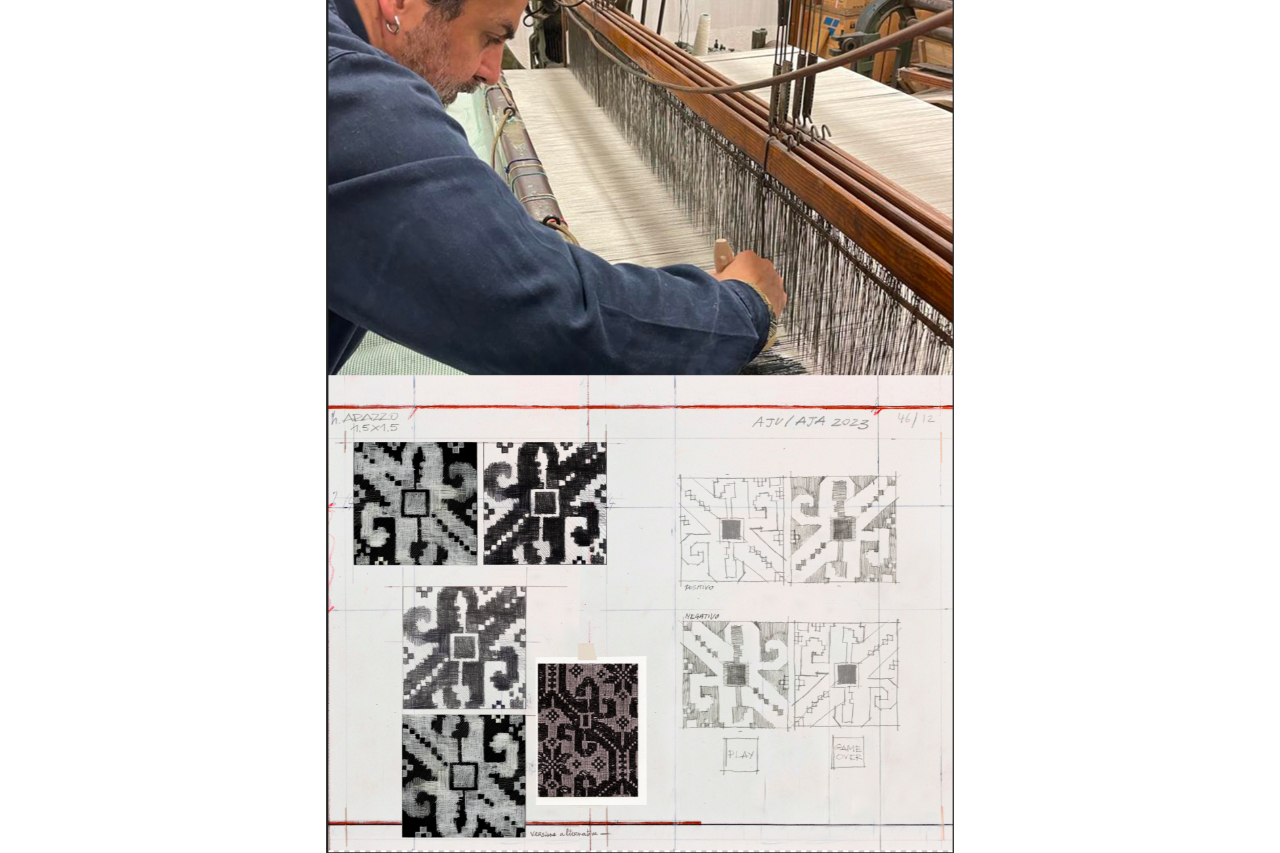
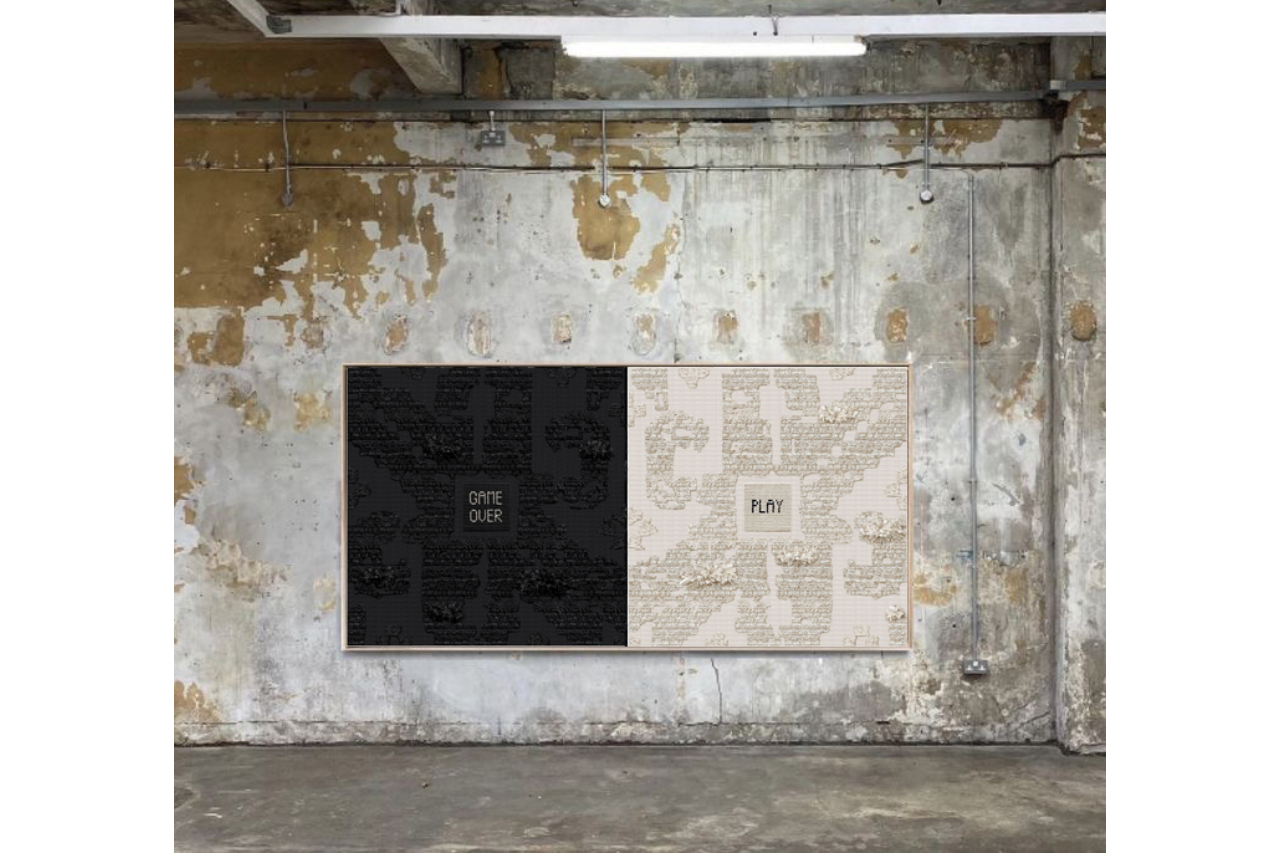




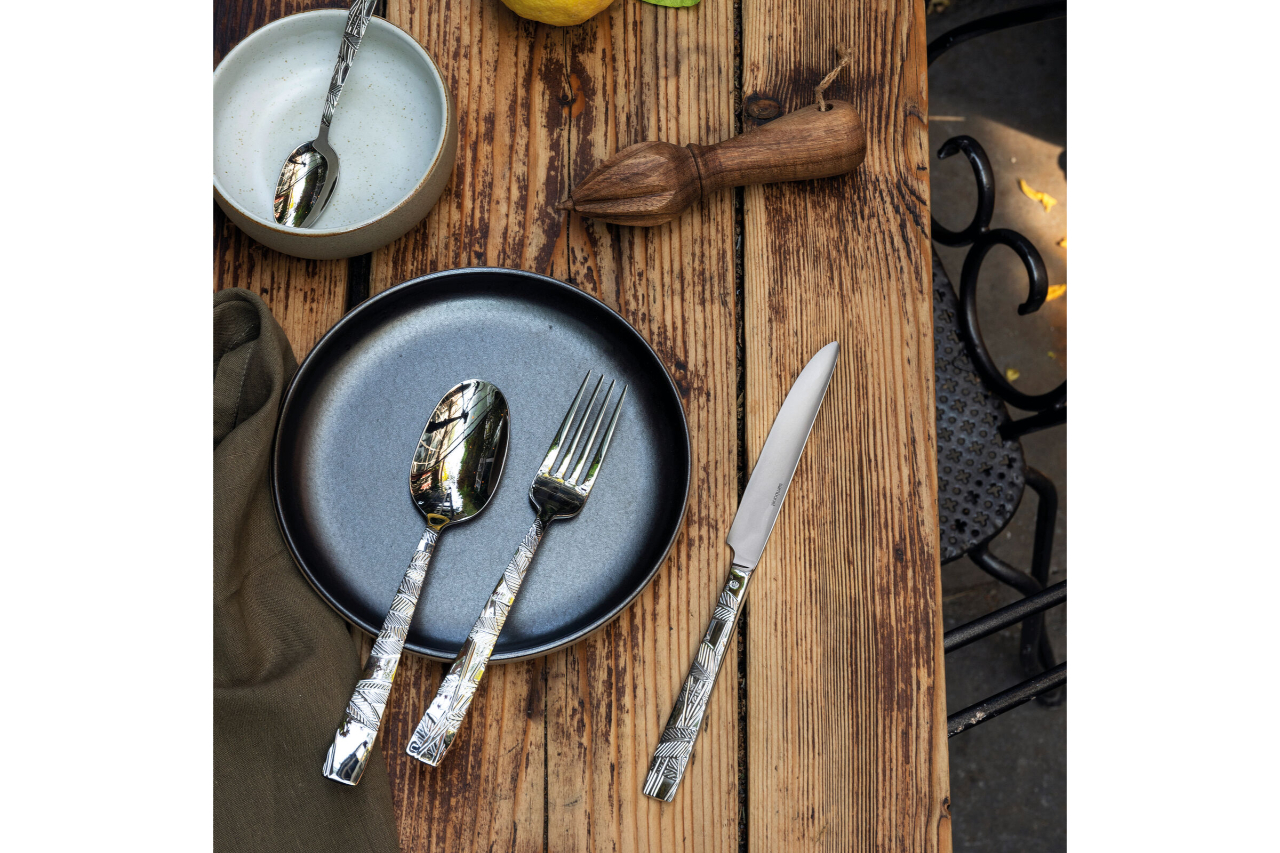
Gianni Cinti, the designer whose resume boasts collaborations with MSGM, Giovanni Valentino (China), VF Corporation, Miroglio Group, Ferrè Foundation, Sambonet, and Pininfarina tells his story at Milano HOME.
A communicative design, rich with artistic and cultural references, born from an aesthetic and conceptual exploration that unfolds in a lavish yet minimalist and contemporary decor. Gianni Cinti is a designer whose intrinsic curiosity transforms into sophisticated design games, expressed through tableware collections with strong communicative power.
His signature lines for Rosenthal and Sambonet depict a modern and meaningful style, arising from a cultural search capable of blending diverse knowledge and realities. Ancient wisdom, tradition, and a personal vision converge with Bruno Munari's methodology, where play is creative freedom and simplicity conceals profound messages.
How does an idea originate and how can it be translated into design?
An idea can stem from anything: a memory, a thought, a scent, or a story. To translate it into a project, craftsmanship, research, and a deep understanding of methodology are necessary: every surface-level question needs to be analyzed, contemplated, codified, and then translated to make it recognizable and shareable by all.
What direction is the aesthetic concept of tableware taking?
Tableware is closely linked to togetherness and food, two aspects that have evolved across time and cultures. This is why the table assumes its role as a meeting place with ever-changing and new forms, capable of embracing different traditions and cultures, surpassing barriers and boundaries: the table (fortunately) knows no war.
What characterizes, and what future awaits, Gianni Cinti's signature tableware?
I'm deeply interested in encounters, between new materials and diverse forms. The table is a code that needs to be understood and then shared, and within this "perimeter," it's beautiful to carve out neutral spaces where combinations and juxtapositions lead to new visual languages.
Currently, I feel a strong urge towards color. Not a specific one, but the countless variations and mutations that a hue can offer. I'm revisiting with great interest the colors of the earth (my homeland, Umbria) in the countless nuances of natural tones, clays, mud, all the way to absolute black.
According to you, what inspirational advantages do industry fairs bring to professionals?
Fairs are a crucial moment for designers as they provide a highly reliable snapshot of the state of the art and, simultaneously, serve as a privileged observatory for what lies ahead.
However, fairs need to function as a "bridge" capable of connecting various roles and players, offering a plural and open, yet concrete, perspective on design and formal issues that designers and users find themselves grappling with.